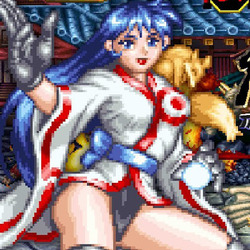Game Details:
The game was released in 1995 by Banpresto and developed by Pandora Box. It is a 2D arcade fighting game, similar in gameplay to Capcom's "Red Earth" and SNK's "Monster Maulers". Players can choose from three characters (e.g., ninja, mage, monk) and fight against large enemies one-on-one using four buttons (weak, medium, strong attack, and throw). The game supports two-player co-op, and the stage structure is more like a Boss Rush, with each battle being a heavyweight boss. The screen details are relatively delicate, and the stage backgrounds are rich. Its core gameplay lies in the "face-to-face" struggle with the boss, focusing on output and defense, which is very suitable for players who like high-intensity solo battles.
Editor's Recommendation:
"Metamoqester" is the kind of work where you can feel the pure impact of the arcade from the very beginning. The Boss Rush strategy emphasizes precise attack rhythms and blocking, restoring the "bite down" thrill of facing giant beasts in the arcade hall. The three characters each have their own characteristics, and the co-op mode can stimulate tactical combinations. The game's art style is solid, and the action feedback is powerful. Although the duration is not long, the sense of爽 is full. For veteran players, this is a forgotten wingman-level treasure; for new players, this is a great opportunity to experience the classic style of 90s Boss Rush.
Game Guide:
1. Character Selection Advice
- Ninja (Tenchimaru): Fast speed, flexible movement, and quick combos are suitable for dodging and counterattacks.
- Monk (Kaiohmaru): Medium speed, high damage, suitable for stable output, can withstand monster challenges.
- Mage (Yukihime): Combination of shooting and throwing, suitable for long-range tactics and restraining enemies.
2. Basic Operations and Advanced Skills
- Use the weak-medium-strong combo to pull the enemy into a "stiffness chain" and quickly charge and throw to recover rhythm in the gap.
- In terms of range control, the mage's throwing items can interrupt the Boss's combo and weaken its defense, which is the core of defense and counterattack.
- In co-op mode, the monk takes on the front row control, the ninja and mage take turns to output from the flanks, open up the output environment, and reduce the chance of being beaten up.
3. Boss Battle Rhythm Response
- First observe the Boss's attack mode, and seize the moment of its "area charge" to launch a counterattack or burst skill.
- Avoid over-relying on dodging and rolling, and reasonably reserve jump/retreat space to avoid ground and aerial AOE.
- Use strong attacks in conjunction with the opponent's attacks to interrupt the enemy's action chain and gain a large number of counterattack opportunities.
4. Resource and Life Management
- Arcade-limited continue count, it is not recommended to directly resist the Boss's critical hits; reasonably retreat to a protective position and then continue.
- In co-op mode, you can share continue resources to help each other, don't monopolize them, and keep the situation stable.
5. Clearance Advice
- You can stably pass the level after getting familiar with the Boss's attack patterns for at least three rounds.
- It is recommended to use a charged upward attack or a large skill combination to interrupt the final BOSS battle's strong attack rhythm.
- Unlocking hidden Easter eggs (such as special effect switching) requires multiple people to cooperate to trigger specific conditions, which can be explored while playing.
6. Later Challenges and Level Grinding Strategies
- Repeatedly challenging the Boss can practice blocking timing and damage window optimization.
- After achieving a pure technical clearance without dying (without continuing), you can try a solo speedrun.
- Participating in community video submissions to exchange hidden skills is an effective way to improve and have fun.
Action Related Retro Games
More
Metal Slug
Arcade
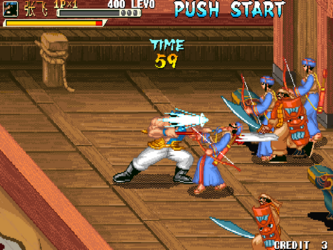
Knights of Valou
Arcade
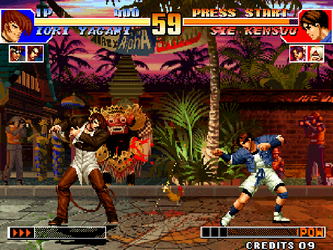
The King of Fighters '97
Arcade
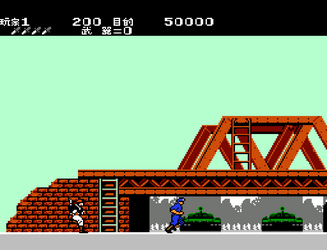
Rush'n Attack
NES / Famicom
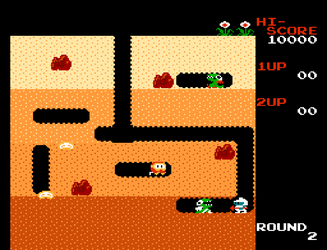
Dig Dug
NES / Famicom
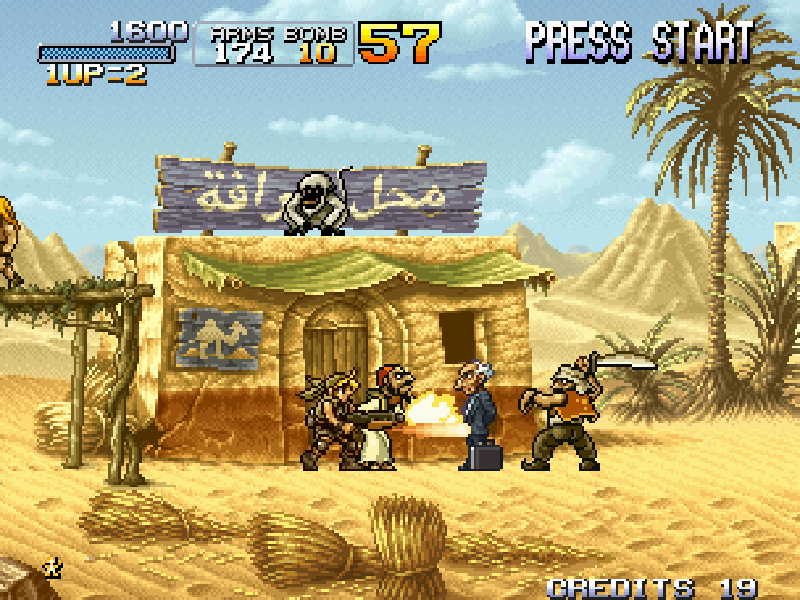
Metal Slug 2
Arcade
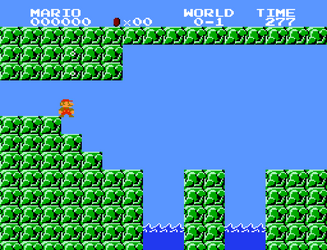
Super Mario Bros.
NES / Famicom
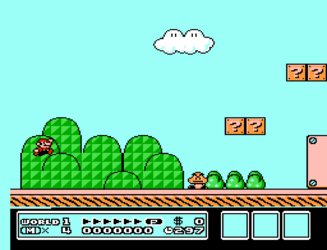
Super Mario Bros. 3
NES / Famicom
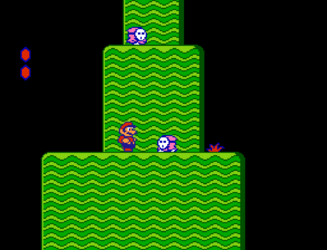
Super Mario Bros. 2
NES / Famicom

Metal Slug 3
Arcade
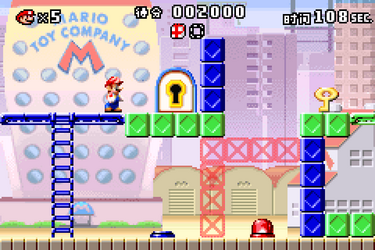
Mario vs. Donkey Kong
Game Boy Advance
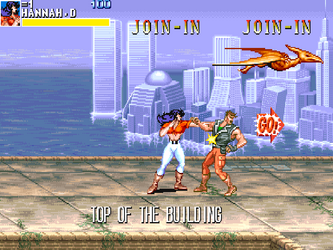
Cadillacs and Dinosaurs
Arcade
Fighting Related Retro Games
More
The King of Fighters '97
Arcade

Rush'n Attack
NES / Famicom
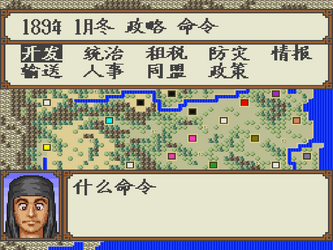
Yokoyama Mitsuteru's Sangokushi
SNES

Metal Slug 3
Arcade
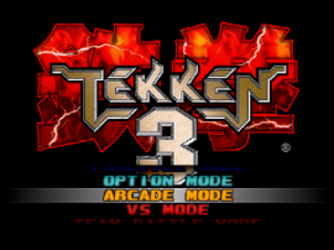
Tekken 3
Playstation
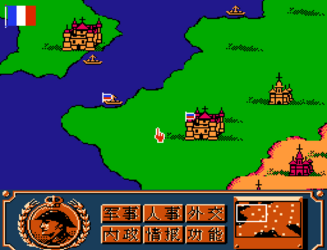
Napoleon's War
NES / Famicom
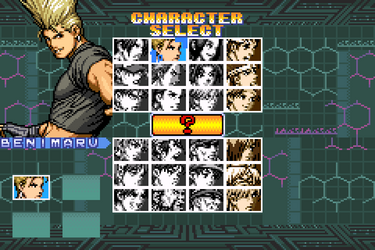
The King of Fighters EX: Neo Blood
Game Boy Advance
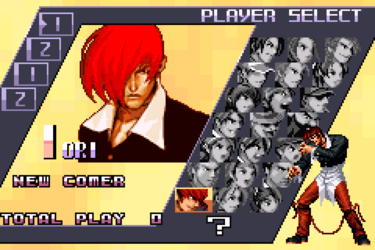
KOF EX2: Howling Blood
Game Boy Advance
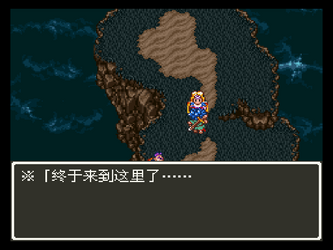
Dragon Quest VI
SNES
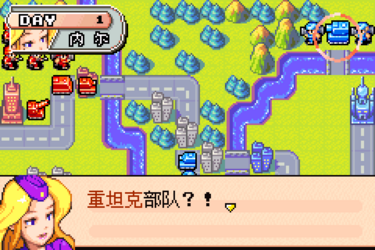
Advance Wars
Game Boy Advance
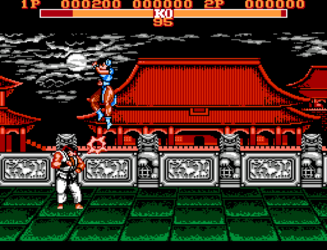
Street Fighter III
NES / Famicom
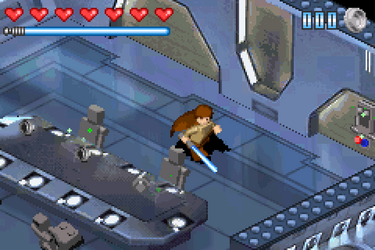
LEGO Star Wars: The Video Game
Game Boy Advance
Arcade Related Retro Games
More
Metal Slug
Arcade
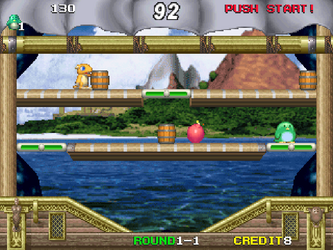
Penguin Brothers
Arcade

Knights of Valou
Arcade

The King of Fighters '97
Arcade

Rush'n Attack
NES / Famicom

Dig Dug
NES / Famicom

Metal Slug 2
Arcade

Super Mario Bros.
NES / Famicom

Super Mario Bros. 3
NES / Famicom
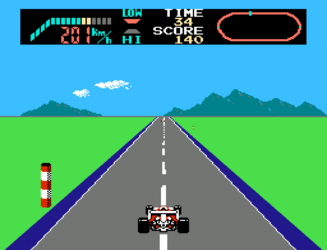
F1 Race
NES / Famicom
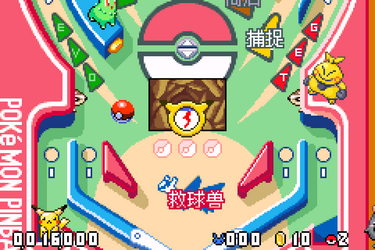
Pokémon Pinball
Game Boy Advance

Metal Slug 3
Arcade
